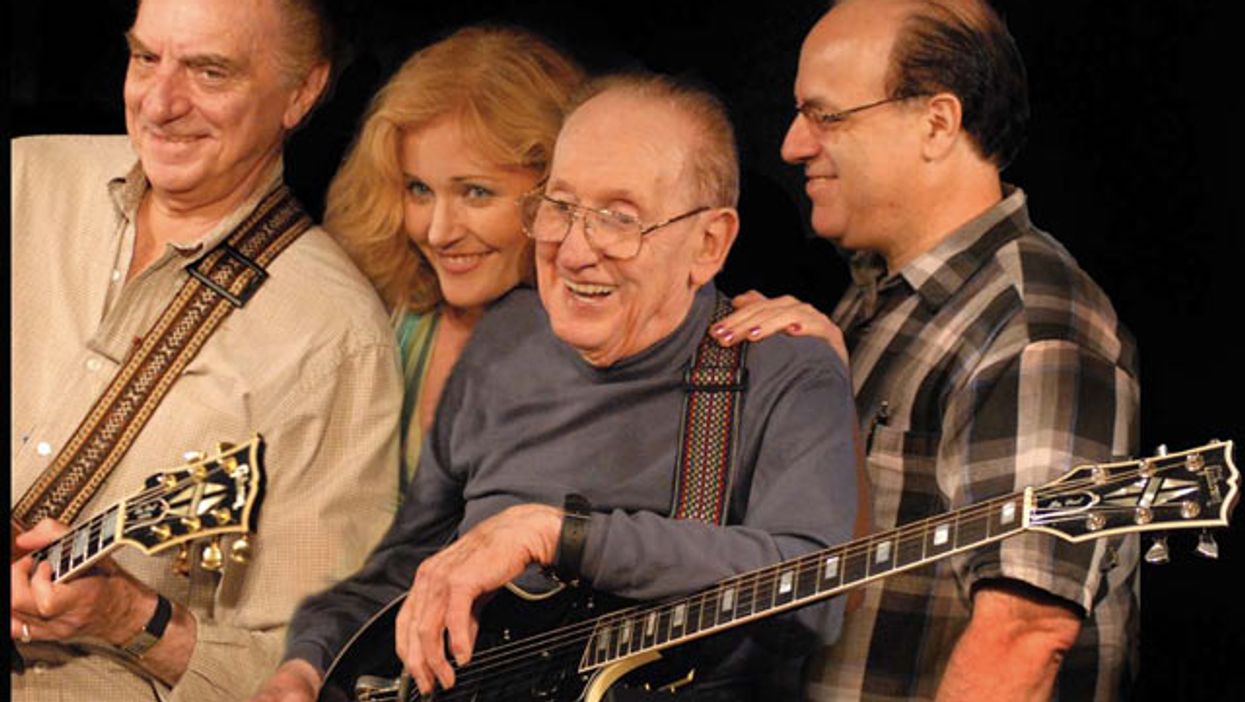Search
Latest Stories
Start your day right!
Get latest updates and insights delivered to your inbox.
gibson-les-paul-william-polsfuss-character-humanness-new-york-city-iridium-jazz-club-manhattan-times-square-nicki-parrott-john-colianni-lou-pallo
Don’t Miss Out
Get the latest updates and insights delivered to your inbox.
Recent
load more

